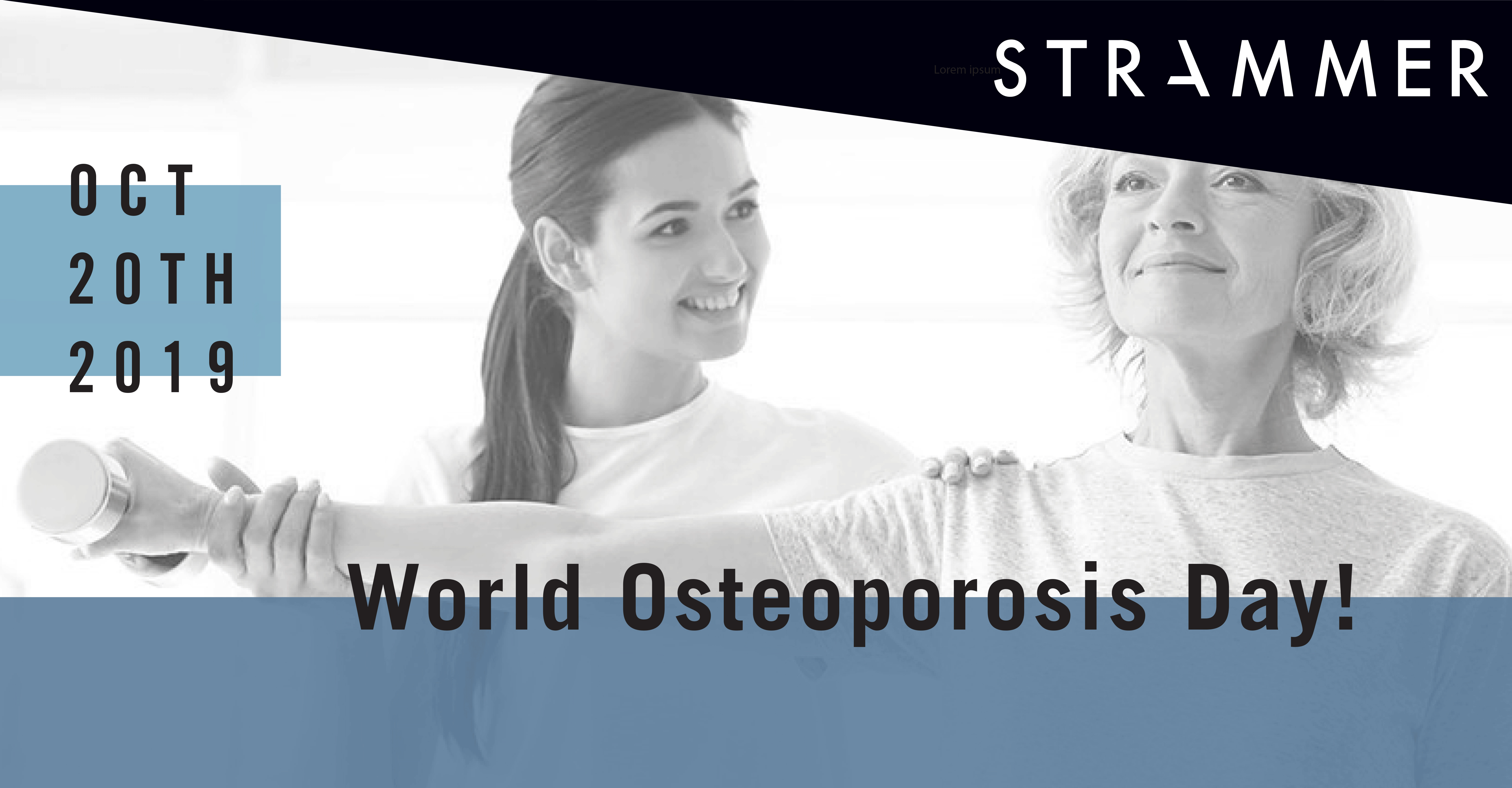World Osteoporosis Day: The Effects of Osteoporosis on the Body
World Osteoporosis Day takes place on the 20th of October and is an opportunity to raise awareness and promote campaigns about this issue. In 2015, 3.8 million people were living with this disease in France.
Osteoporosis is a condition that affects negatively the bones. The bone is a living tissue, and it is continuously being replaced for new tissue. When people suffer from this disease, the development of new bone tissue does not cope with the bone’s loss. The bone becomes weaker due to larger spaces. People who have osteoporosis have a higher risk of breaking a bone, especially in the hips, spine, wrists and ribs.
Osteoporosis can affect everyone but is more likely to occur for older people. Women also have a higher chance of suffering from it. Not only do they have smaller structure and bones but during menopause, women have a weaker bone structure, due to the decrease of oestrogen hormones which help protect bones.
Osteoporosis is known for being a “silent disease”, for the simple reason that people may not suffer from any symptoms and only discover they have it because of a bone fracture. The most common symptoms are easy bone-breaking, weight loss, back pain and a hunched posture.
Some risk factors cannot be controlled, but fortunately, there are some behaviours we can adopt to help prevent this disease, such as: stopping smoking, drinking alcohol with moderation, exercising, taking the recommended vitamin D and calcium per day. There is no cure for the disease however, the treatment includes taking medications that improve the building of bone mass or medication that avoids bone loss. The treatment’s main goal is to reduce fractures.
A group of scientists from the University of California, San Francisco and the University of California, Los Angeles did a study in 2019, to find out more about oestrogen in the brain. The study consisted in blocking oestrogen effects in animals’ hypothalamus. As a result, they got less active and gained weight: scientists discovered that it was due to an increase in the animals’ bone density. They also noted that higher bone density persisted during the animal’s lifetime. Even if the study was only conducted in mice, these are fantastic news, that can improve osteoporosis’ treatment.
There are many things we can do to help and raise awareness for this issue, just like participating in the events that will take place on the world’s osteoporosis day; volunteer on the International Osteoporosis Foundation; and if you suffer from osteoporosis, share your story, so you can help other people.
References:
- What Do You Want to Know About Osteoporosis?, August 2019, healthline
- Osteoporosis, June 2019, MayoClinic
- Osteoporosis breakthrough: Bone mass increased by 800 percent, January 2019, MedicalNewsToday





